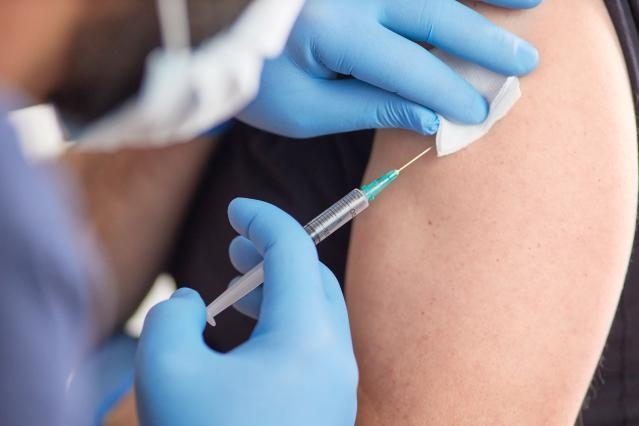The first doses for a monkeypox vaccine purchased by the European Union were delivered on Tuesday 28 July, with 5,300 doses arriving in Spain. A total of 109,090 doses were purchased, according to a European Commission press release.
The effort comes from the European Commission's Health Emergency Preparedness and Response Authority (HERA) attempt to ensure that all EU Member States are prepared to respond to the outbreak.
This is the first time the EU budget is being spent through the EU4Health programme to directly purchase vaccines to be donated and delivered to Member States.
“With HERA up and running, the EU has significantly augmented its capacity to respond and address new health threats decisively,” Commissioner for Health and Food Safety Stella Kyriakides said.
Development and distribution
Member States will receive their portion of the vaccines in order of need, based on which countries have been the most affected. Similarly to how Covid-19 vaccines were allocated, these vaccines are based on the population of the country and the number of confirmed cases.
After deliveries to Spain are completed, Portugal, Germany and Belgium will be next in line. Deliveries to other countries will continue throughout July and August.
Related News
- 52 monkeypox cases in Belgium as Europe is 'epicentre' of virus outbreak
- Monkeypox vaccine recommended for all those unvaccinated against smallpox
- 'Under the radar': Monkeypox could have been spreading for months or years
The vaccines, developed by Bavarian Nordic, were recommended by the European Centre for Disease Control and Prevention (ECDC) in its risk assessment to advise affected countries to consider early post-exposure vaccination to prevent the disease or make its course less severe.
Since 18 May, around 2,682 cases of monkeypox have been reported in 23 EU Member States, Norway and Iceland. According to the Sciensano public health institute, there were 77 confirmed cases of monkeypox in Belgium as of 21 June.
Monkeypox is a viral zoonosis with symptoms very similar but less severe to those seen in the past in smallpox patients.

